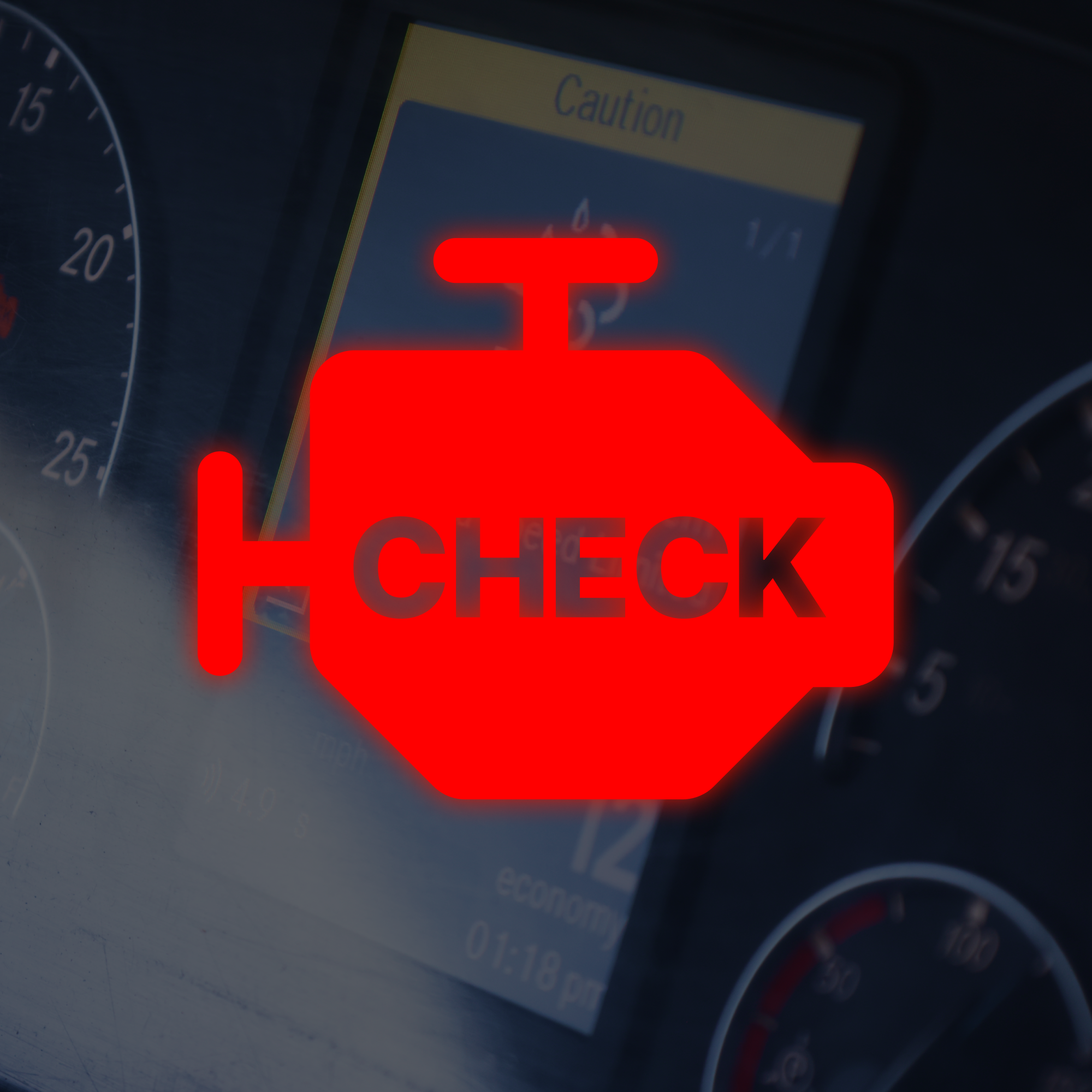Your truck is always asking for a driving regeneration, also known as DPF regeneration, too often. (Usually, the truck will tell you to keep driving so it can do a passive regeneration). This is one of the most common early warning signs of a clogged DPF filter.
Let’s dive deeper into the first warning sign … “DPF Regeneration too often”
Your truck will do a passive regeneration when it sees the right driving conditions to perform one. This means that your truck will burn the excess soot that is collected in your DPF filter. You may notice your RPM change along with elevated temperatures and there may be a foul smell of something burning out your tailpipe.
- If your truck is in passive DPF regeneration, make sure you keep driving the vehicle at highway speeds until the regeneration is over. Do not turn off the vehicle or it will keep asking for another passive regeneration.
- If your truck can no longer regen you can read the blog here that explains this further.
Your driving habits can be the reason for why your truck is asking for a regen too often. You may want to ask yourself these questions.
- Are you idling too long?
- Are you driving at slow speeds too often?
- Are your driving downhill for too long?
- Are you a local delivery or making stops often?
- Are you operating your PTO for a long time?
- Are you leaving the engine to idle often for warm up?
If your driving habits are causing these conditions where the truck is asking for a DPF regeneration too often then you may need to perform a forced DPF regeneration with a tool, such as OTR Diagnostics every 2 or 3 weeks.
Eliminate your worries about frequent DPF issues with running a forced DPF regenerations with a tool.
You can control when the truck runs the DPF regeneration which is great because this can be done at the end of your day or on the weekends. You get to control when the DPF Regeneration takes place which can help eliminate some unnecessary downtime. You can learn more about forced DPF regeneration here.
“The way you drive your truck can be the reason for the regeneration issues”
It’s something you can’t control because the aftertreatment DPF systems were not designed for excessive idle time, low speeds, or extended idle time. I wish it was a simple configuration that you could change the type of driving you are doing but It’s not that simple. Let’s be real ... reprogramming the engine and aftertreatment components are not the answer to these issues.
Another warning sign … “DPF regeneration takes more than 2 hours to complete”
The engine and aftertreatment computers control how long the DPF regeneration process should take. If it takes longer than 2 hours to complete the passive or forced DPF regeneration then you may have an issue with a clogged DPF system. A fault code doesn’t necessarily show up as an active fault code when a passive regeneration takes too long. Read more here.
The average DPF Regeneration should take roughly 45 minutes to complete.
It's recommended to also check a few vital components when you are starting to experience either one of these early signs of a clogged DPF filter.
For some you can just do a visual check while others may require taking your truck to a shop to get looked at. It’s good to know what to expect in case you want to try to tackle some of this yourself.
Check Fault Codes
- Use your dashboard, ELD system, and diagnostic tool to read any active fault codes, or inactive fault codes. This could point you in a direction that could be the cause of this DPF Clogged problem.
Exhaust Sensor Checks
- Locate your aftertreatment filter assembly and all the components (located on the passenger side or underneath the vehicle).
- Misrouted or disconnected DPF differential pressure hoses and piping.
- Plugged, crushed, or kinked DPF differential pressure hoses and piping.
- Contaminated DPF differential pressure sensor.
- Failed DPF differential pressure sensor.
- Inspect and check exhaust gas temperature (EGT) sensors and make sure they are not damaged and that they are reading properly.
Air Intake System
- Inspect mass air flow sensor for a slow or skewed reading.
- Inspect EGR system to ensure its functioning properly.
- Check turbocharger turbine wheel, shaft, or compressor wheel to ensure proper functionality.
- Check air intake, duct work along with charge air cooler.
- Check for boost pressure and make sure it is within recommended range (boost pressure test recommended).
Exhaust System Checks
- Check for any disconnected diesel particulate filter pressure hoses, or pipes.
- Check the diesel particulate filter (DPF) assembly and check for any exhaust leaks, cracks, signs of melting or excessive deposits.
- Check the diesel oxidation catalyst (DOC) filter assembly and check for any exhaust leaks.
- Check the exhaust brake valve for full functionality.
- Check for any excessive ash accumulation in the DPF filter assembly. Look at the recommend cleaning cycle per manufacturer.
- Plugged or closed stuck DPF fuel injector could be the cause. Read our blog here.
- If you have excessive white smoke then you could have a defective or deteriorated diesel oxidation catalyst (DOC) filter assembly.
- Potential of a contaminated aftertreatment system if any coolant, fuel, or oil leaks enter the exhaust stream. You can read more about contamination here.
You just read about the most important warning sign of a clogged DPF filter. Paying attention to this is vital so that you know what to look for when this happens to get this issue addressed quickly.
Until next time! 👋
Stay safe, stay healthy & be blessed!






Heavy Duty DIY Repairs (Explained)
NOx Sensors Explained on HD trucks